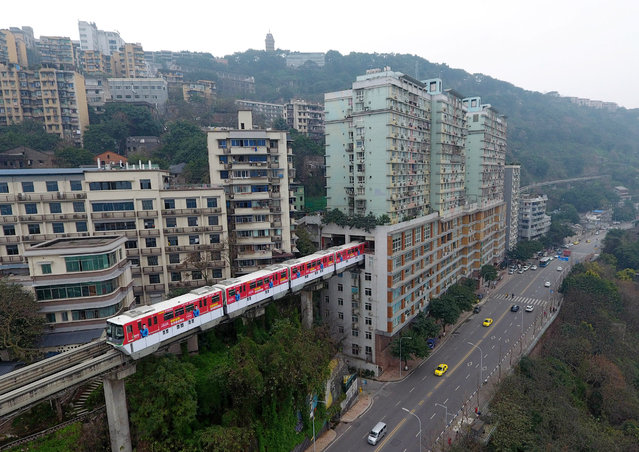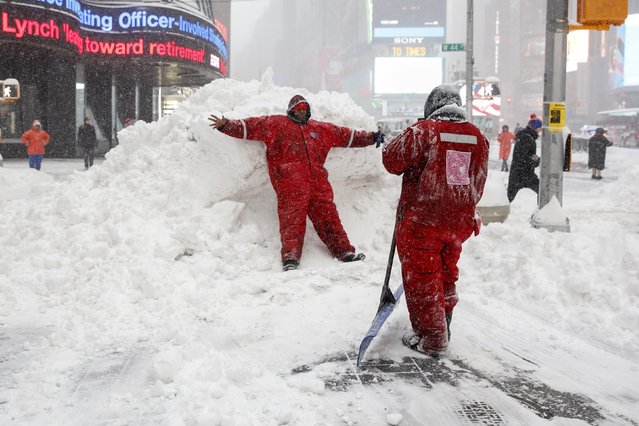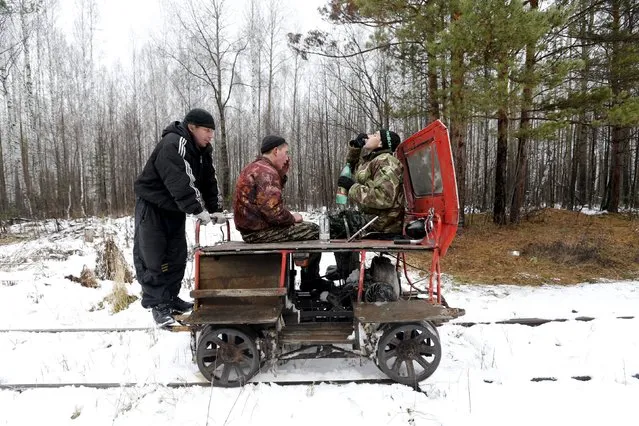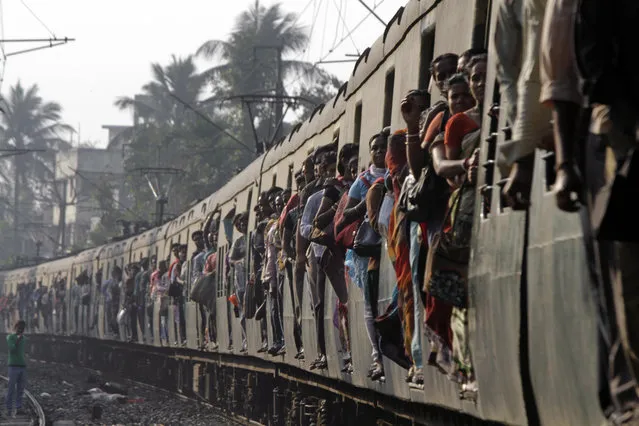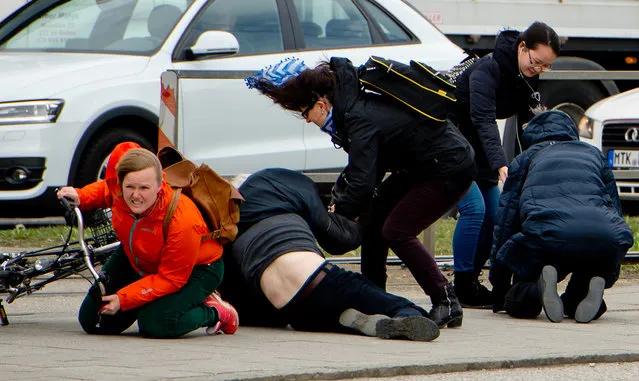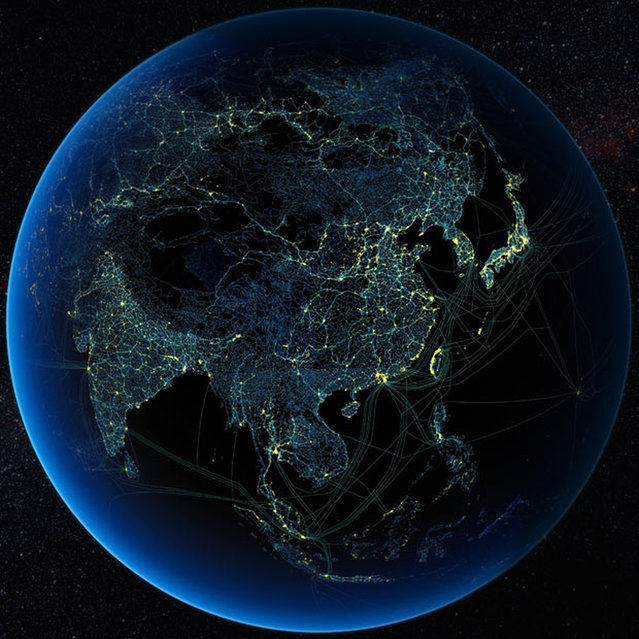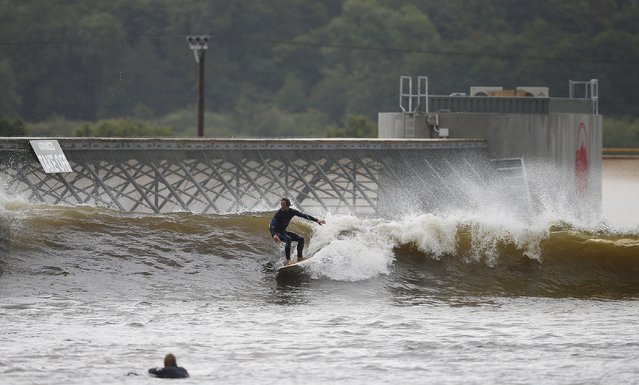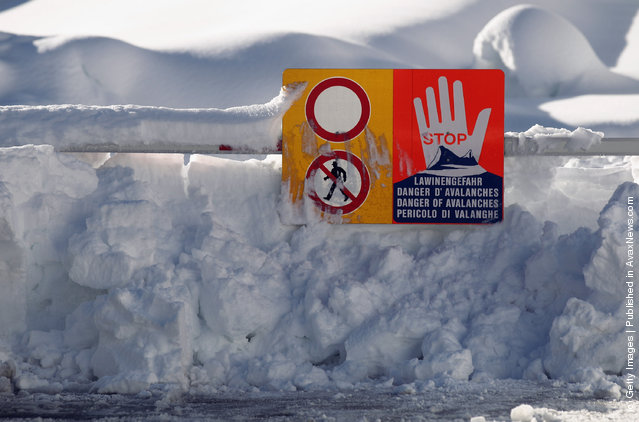
A sign reading “STOP Danger of Avalanches” blocks a local road on January 11, 2012 near Ischgl, Austria. Over the last few days heavy snowfalls have caused chaos in parts of Austria and Switzerland by blocking rail and road connections, stranding vacationers at mountain ski resorts and creating the risk of avalanches throughout the region. (Photo by Johannes Simon/Getty Images)
12 Jan 2012 12:42:00,post received
0 comments

